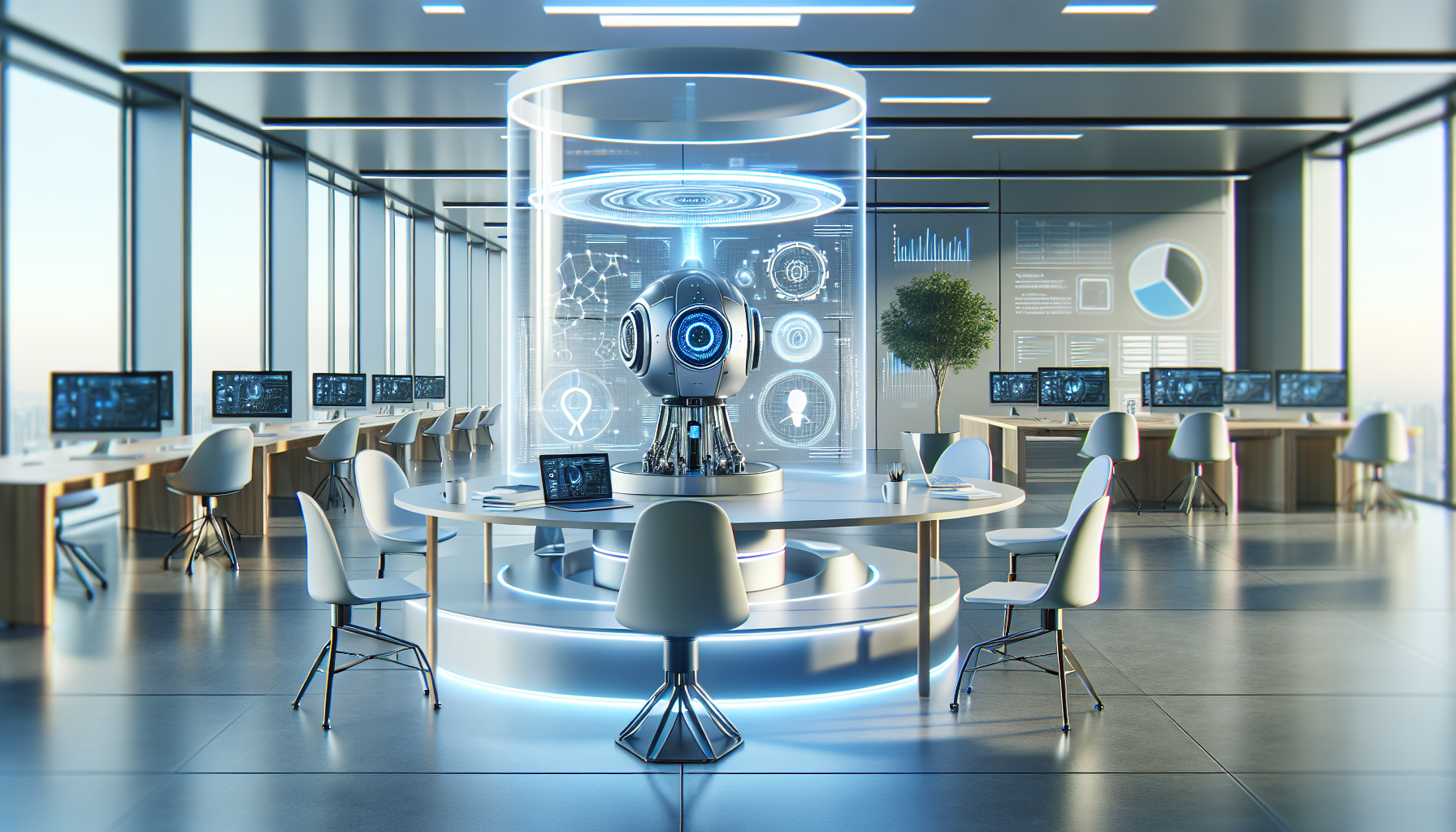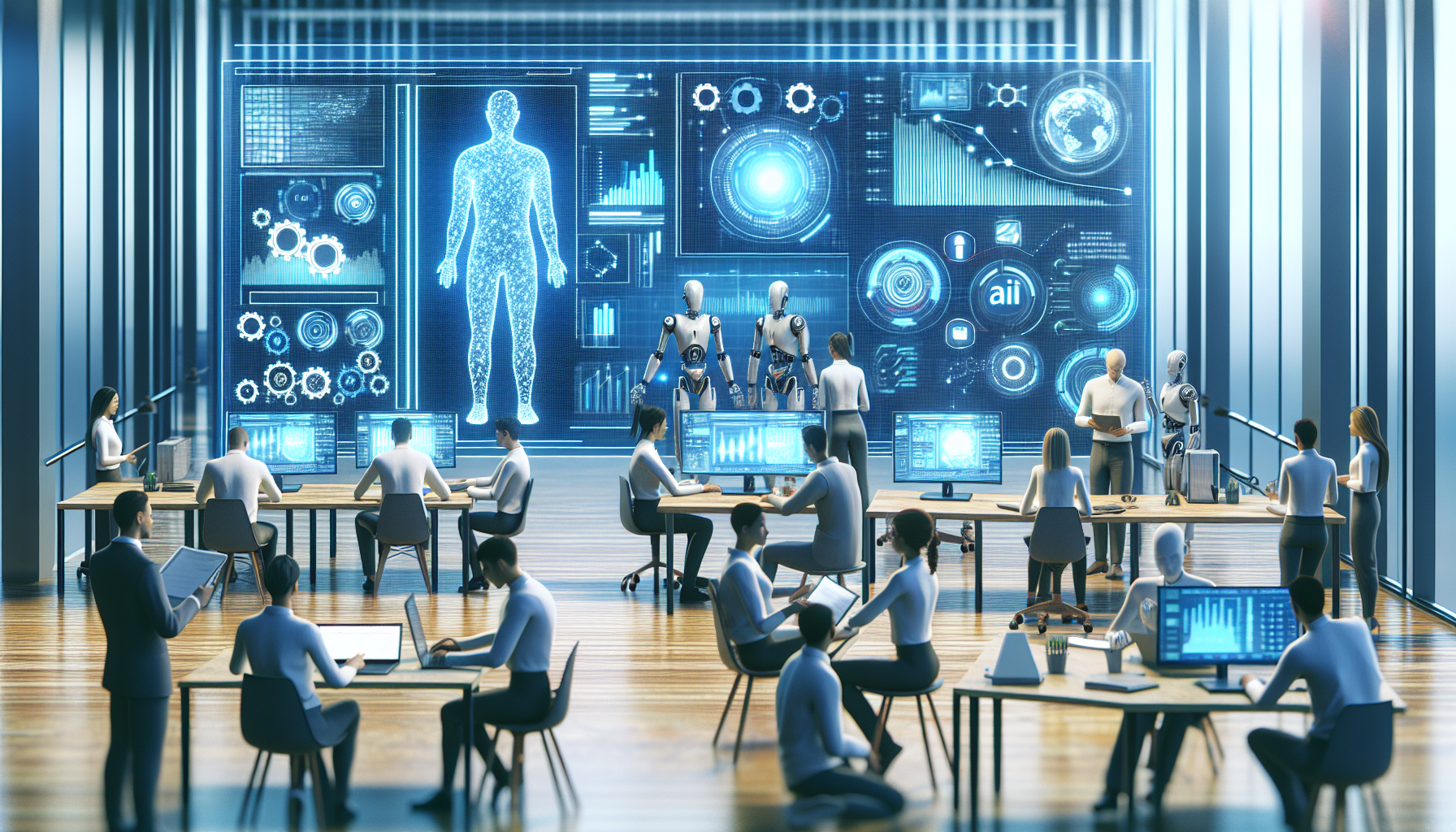
Cognitive Computing: Why Your Toaster Won't Take Over the World
October 10, 2025
Ah, cognitive computing—it's one of those terms that sounds like it belongs in a science fiction novel, right next to time travel and talking cats. But before we all start imagining our laptops plotting world domination, let's take a moment to demystify this buzzword and sprinkle in a little humor along the way.
First things first: what exactly is cognitive computing? In layman's terms, it’s the branch of AI that aims to mimic human thought processes in a computerized model. Think of it like the brainy cousin of artificial intelligence, the one who graduated summa cum laude while AI was still trying to figure out how to tie its shoelaces. But don't worry, cognitive computing isn't about to steal your job or convince your fridge to stop dispensing ice. It’s actually here to help us, not replace us—promise!
Now, let’s tackle some of the myths swirling around this high-tech marvel. Myth number one: cognitive computing can read your mind. While it’s true that cognitive systems can analyze data to detect patterns, they’re not about to start reading your thoughts. Your secret obsession with pineapple on pizza is safe, at least for now. These systems are more like super-efficient librarians, sifting through mountains of information to find the perfect recipe for success, whether it's in healthcare, finance, or figuring out how to fix your Wi-Fi.
Speaking of Wi-Fi, myth number two: cognitive computing requires a degree in rocket science to understand. Thankfully, you don't have to be a PhD to appreciate the nuances of cognitive computing. At its core, it’s about using algorithms and data to simulate human reasoning. Think of it as a really smart friend who can help you make decisions—without the occasional eye-roll or unsolicited life advice.
Then there's myth number three: cognitive computing is just a fancy name for AI. While they’re related, cognitive computing is more like AI’s ambitious offspring, aiming to replicate human-like decision-making. Imagine AI as the family dog that can fetch a ball, while cognitive computing is more like a cat that can not only fetch the ball but also question why you threw it in the first place. It’s not just about completing tasks; it’s about understanding and reasoning through them.
But what about the fear that cognitive computing is like a toddler with a crayon, ready to scribble all over your carefully curated life plans? Rest assured, cognitive computing is more like a responsible adult with a planner. It enhances human capabilities rather than undermining them. In healthcare, for instance, cognitive systems can analyze vast datasets to aid doctors in diagnosing diseases more accurately. They’re like that physician friend who can’t wait to show off their latest medical journal subscription.
And let’s not forget the workplace. Cognitive computing systems can help businesses make better decisions by analyzing customer data and predicting market trends. So, instead of worrying about AI taking over your job, consider that it might just make your workday a little less chaotic. Maybe even leave you time for that coffee break you’ve been dreaming about.
Now, for all the gadget lovers out there, here's a nugget of truth: cognitive computing isn't going to transform your toaster into a sentient breakfast companion. Your toaster doesn’t want to chat about the weather or offer sage life advice. It just wants to toast your bread. Let’s let it do its job, shall we?
As we continue to explore the possibilities of cognitive computing, it’s crucial to remember that these systems are designed to support, not supplant, human intellect. They’re tools—albeit very sophisticated ones—that can help us solve complex problems and improve our lives. But just like your GPS can't tell you the meaning of life (though it might suggest a scenic route), cognitive computing isn’t the be-all and end-all.
So, as you ponder the potential of this next frontier in AI, ask yourself: how can we harness the power of cognitive computing to enhance our world without losing the human touch? Maybe, just maybe, the answer lies not in fearing the rise of the machines but in embracing their ability to augment our human experience—one byte at a time.


